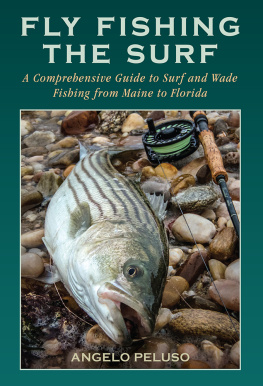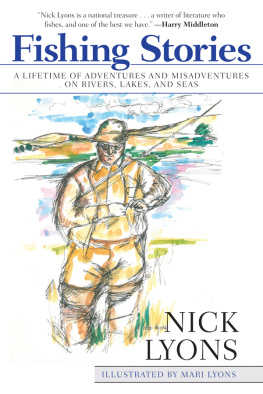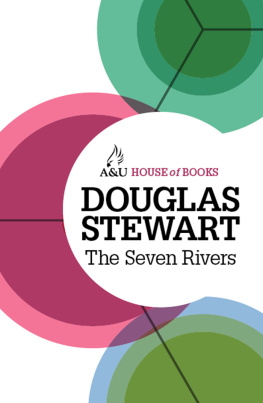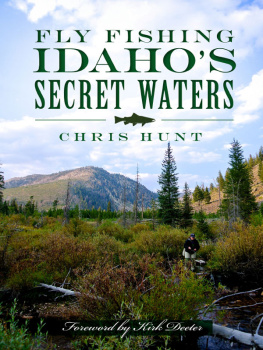This edition first published 2012
2012 Henry Gilbey
REGISTERED OFFICE
John Wiley & Sons Ltd, The Atrium, Southern Gate, Chichester, West Sussex, PO19 8SQ, United Kingdom
EDITORIAL OFFICE
John Wiley & Sons Ltd, The Atrium, Southern Gate, Chichester, West Sussex, PO19 8SQ, United Kingdom
For details of our global editorial offices, for customer services and for information about how to apply for permission to reuse the copyright material in this book please see our website at www.wiley.com
The right of the author to be identified as the author of this work has been asserted in accordance with the Copyright, Designs and Patents Act 1988.
All rights reserved. No part of this publication may be reproduced, stored in a retrieval system, or transmitted, in any form or by any means, electronic, mechanical, photocopying, recording or otherwise, except as permitted by the UK Copyright, Designs and Patents Act 1988, without the prior permission of the publisher.
Wiley publishes in a variety of print and electronic formats and by print-on-demand. Some material included with standard print versions of this book may not be included in e-books or in print-on-demand. If this book refers to media such as a CD or DVD that is not included in the version you purchased, you may download this material at http://booksupport.wiley.com For more information about Wiley products, visit www.wiley.com
Designations used by companies to distinguish their products are often claimed as trademarks. All brand names and product names used in this book are trade names, service marks, trademarks or registered trademarks of their respective owners. The publisher is not associated with any product or vendor mentioned in this book. This publication is designed to provide accurate and authoritative information in regard to the subject matter covered. It is sold on the understanding that the publisher is not engaged in rendering professional services. If professional advice or other expert assistance is required, the services of a competent professional should be sought.
Library of Congress Cataloging-in-Publication Data is available
A catalogue record for this book is available from the British Library.
ISBN 9781119962663 (pbk.); ISBN 9781119968009 (ebk.)
ISBN 9781119968016 (ebk.); ISBN 9781119968023 (ebk.)
Graphic Design by Holly Ramsay
Cover image: Henry Gilbey

Wiley Nautical sharing your passion.
At Wiley Nautical we're passionate about anything that happens in, on or around the water. Wiley Nautical used to be called Fernhurst Books and was founded by a national and European sailing champion. Our authors are the leading names in their fields with Olympic gold medals around their necks and thousands of sea miles in their wake. Wiley Nautical is still run by people with a love of sailing, motorboating, surfing, diving, kitesurfing, canal boating and all things aquatic.
Visit us online at www.wileynautical.com for offers, videos, podcasts and more.
Dedication
To my wife and two girls travelling the world and doing what I do is just amazing, but the best bit about it is coming home and being enveloped by my family when the front door opens. You are the best and I am the luckiest man alive Henry Gilbey
Chapter 1
Arctic char, Greenland
A short summer season beset with perfectly crazy numbers of fish
Time it right and the sheer numbers of Arctic char you can catch in Greenland can literally take your breath away. Generally, anglers interested in fishing for these char will fly in from Reykjavik in Iceland, so it is more than possible and also well worth combining a salmon fishing trip in Iceland with an Arctic char extravaganza in Greenland.
It is actually possible to fish for Arctic char from the coastline in early summer. From June to July, when the char have moved out of the rivers and lakes and into the fjords, you can fly fish or spin for these fish close to the river mouths. But from July into August, these vast waves of Arctic char migrate up the rivers on the high tides, so for the most part you will be fishing the areas around either the river mouth or more typically where the river meets a lake. The best all round time for chasing these prolific fish is in August when the greatest concentrations of fish have moved up the rivers and, importantly, when there are fewer mosquitoes around. On the whole, a Greenland Arctic char is going to weigh from 1-5lbs, but they can reach nearly 10lbs from time to time. Although the best of the fishing is in the middle of summer, local temperatures average around 10C; hardly on the balmy side, but wrap up warm and this might well prove to be one of those world class fishing trips that is for some reason not well known about.
A river such as the Kangia is very cold and very clear, and in season there will literally be thousands and thousands of char in here. Fish of over 10lbs have been caught, and you will be able to see the fish you are going for. To fish many of the best char locations in Greenland will often require a combination of vehicles and then walking in, with fishing camps mainly being very remote. When the fish are on, they will happily take both wet and dry flies such as the Silver Doctor and Polar Shrimp. Char are known for very aggressively taking an unweighted fly that you skip across the surface, so you need to make sure that you up the breaking strain of your leader to cope with such savage takes. It is not considered desperately hard to catch over 100 char in a days fishing.
Summer might well be short, but the reason that Greenland is such a prime destination for Arctic char is the sheer number of healthy rivers full of so many fish. A local nickname for an Arctic char with those red bellies and dark backs is Father Christmas.
| Best times to fish | The short summer season, with August being the prime time |
| Fishing methods | Fly and lure |
| Getting there | Generally from Iceland |
| Tips and tricks | It is vital to take serious mosquito prevention methods sprays, nets, anything that might keep them away from you |
Chapter 2
Gasp Peninsula, Canada
One of the best kept secrets in Atlantic salmon fishing
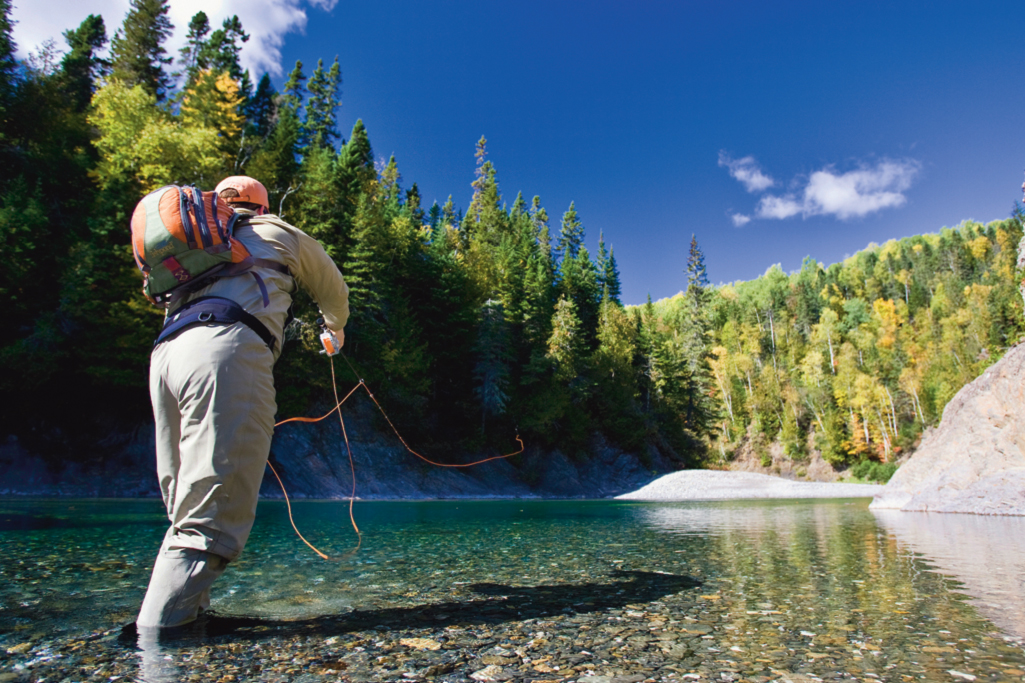
The Miramichi river system might well be the most famous Atlantic salmon fishery on the east coast of Canada, but the stunning and wild Gasp peninsula is utterly unique when it comes to its own salmon fishing. This peninsula extends around 220 miles into the Gulf of St Lawrence, and what makes the salmon fishing so different and attractive is the fact that the main rivers fished here are incredibly clear, to the point where you are actually sight-fishing to salmon most of the time. Dont make the mistake though of thinking that just because you can see the fish they suddenly become much easier to catch, because this is not the case at all. However, to see individual fish and indeed shoals of them hanging in water sometimes so clear that it looks like there is none there is just incredible. To actually know that the fish are there certainly helps boost the confidence levels when chasing Atlantic salmon, yet for some reason this wonderful part of Canada does not seem to receive the same kind of salmon-related publicity that other parts do.



